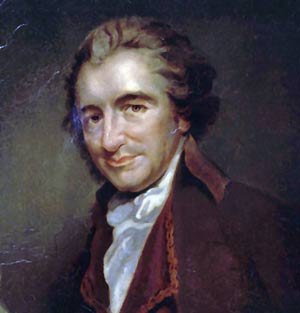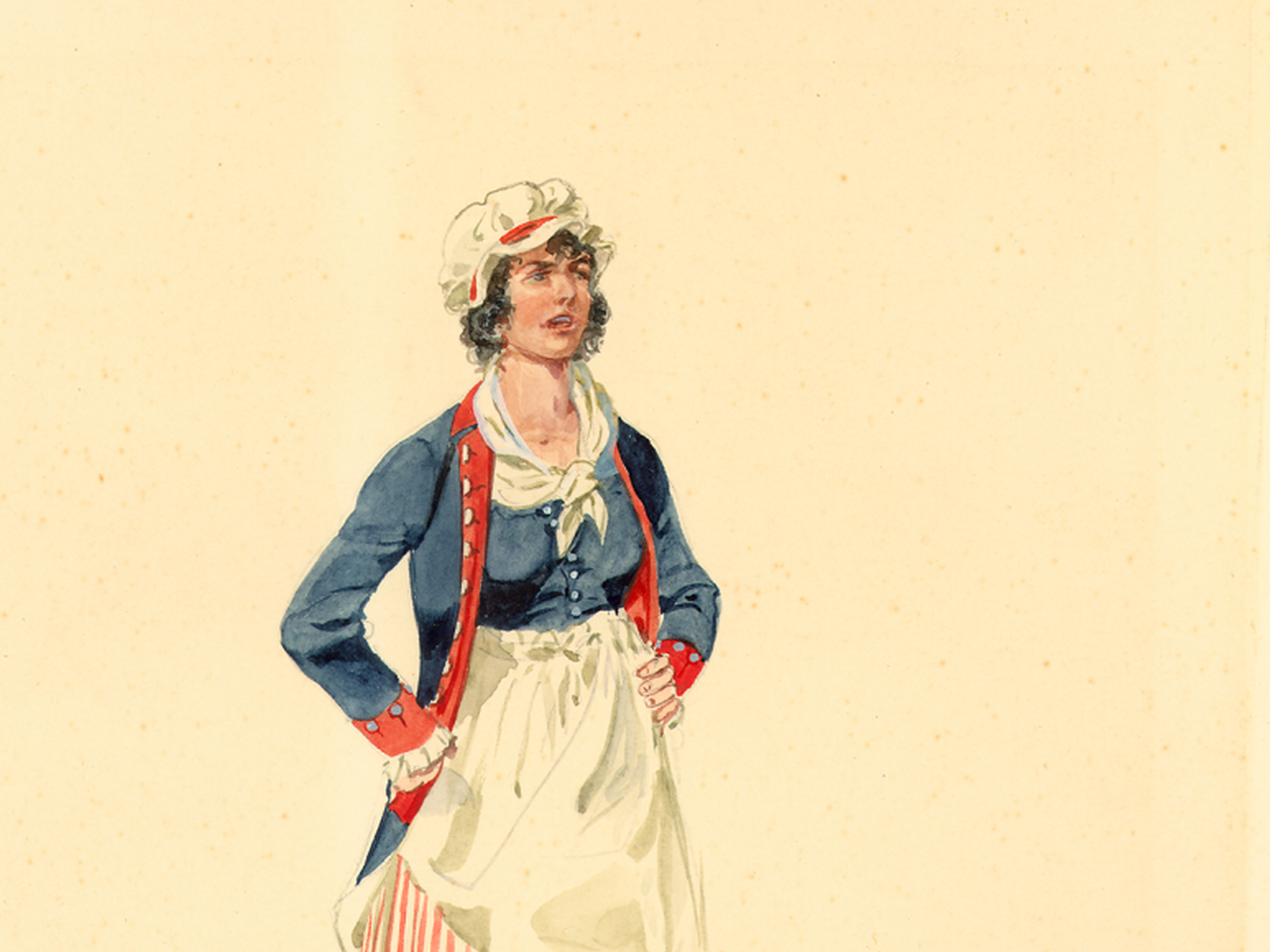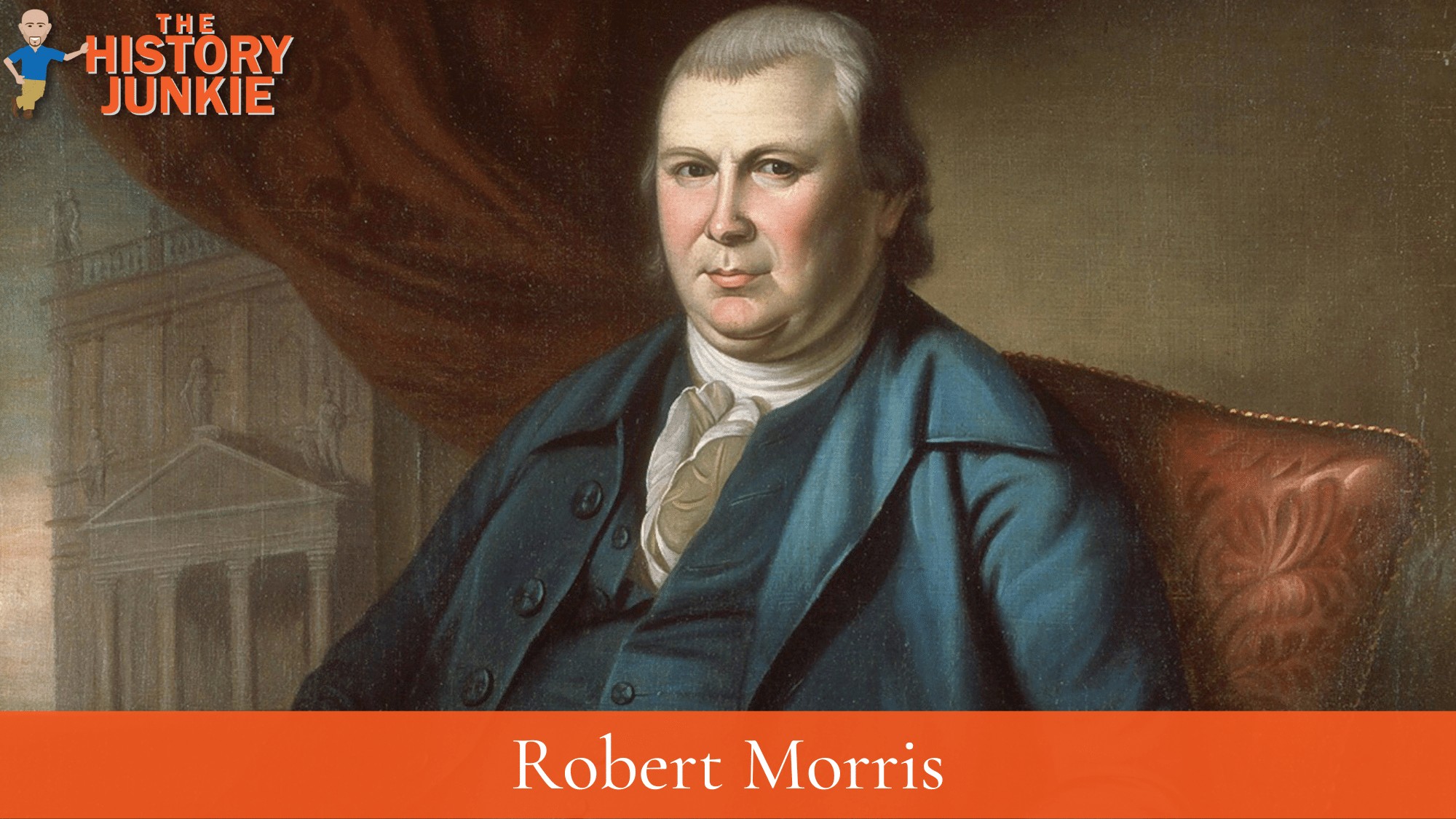Discover Pandipedia
Pandipedia is the world's first encyclopaedia of machine generated content approved by humans. You can contribute by simply searching and clicking/tapping on "Add To Pandipedia" in the answer you like. Learn More
Expand the world's knowledge as you search and help others. Go you!
/cdn.vox-cdn.com/uploads/chorus_asset/file/24016883/STK093_Google_06.jpg)
NotebookLM by Google is an AI-powered note-taking app and platform that leverages large language models[3] to aid in exploring complex material[3]. It allows users to upload[3] various sources such as Google Slides, web URLs, and documents, and use a chat interface to ask questions about those sources[3]. The platform offers features such as study guides, FAQs, inline citations, and support for over 100 languages. It is particularly useful for researchers, students, authors, journalists, educators, and role-playing game enthusiasts[2], offering powerful tools for organizing information, summarizing documents, and generating insights from large collections of data. Additionally, NotebookLM offers personalized advertising and content through the use of cookies and personal data for audience research and services development[4]. It also provides new 'audio overviews' that generate podcast-like discussions between two speakers based on a set of documents, allowing users to learn through listening instead of reading.
Let's look at alternatives:
- Modify the query.
- Start a new thread.
- Remove sources (if manually added).
- Request a manual search from our human research team.
Let's look at alternatives:
- Modify the query.
- Start a new thread.
- Remove sources (if manually added).
- Request a manual search from our human research team.
Get more accurate answers with Super Search, upload files, personalised discovery feed, save searches and contribute to the PandiPedia.

Market research serves as a vital tool for businesses of all sizes to understand consumer behavior, market trends, and competitive landscapes. The following sections outline effective ways to conduct market research, supported by insights from various sources.
Types of Market Research

Market research can be primarily categorized into primary and secondary research. Primary research involves collecting original data directly from sources, such as consumers. This can include interviews, surveys, and focus groups. Secondary research involves analyzing existing data that has been collected by others, such as industry reports and academic studies.
Primary Research Methods
Surveys and Questionnaires: These are powerful tools for gathering quantitative data. Surveys can be distributed online through platforms like SurveyMonkey or Google Forms, and they enable researchers to collect a large amount of data efficiently. Close-ended questions, such as Likert scale or demographic questions, can yield useful quantitative insights about customer preferences[1][5].
Interviews: This method provides in-depth qualitative insight. One-on-one or group interviews allow researchers to ask open-ended questions that can uncover detailed consumer opinions and motivations. Interviews can be conducted in person, via video calls, or over the phone, making them versatile in reaching diverse demographics[2][8].
Focus Groups: Bringing together a small group of individuals for discussion allows researchers to gauge collective opinions and attitudes toward products or topics. Focus groups are particularly valuable for generating rich qualitative data that can inform product development and marketing strategies[7][8].
Observational Research: Observing consumer behavior in natural settings offers genuine insights without the biases of self-reported data. For instance, researchers may observe how customers interact with products in a retail environment to understand shopping behavior[3][5].
Secondary Research Methods
Industry Reports: These provide a comprehensive overview of specific markets, including size, growth trends, and key drivers. Analyzing these reports can help identify market gaps and opportunities. Secondary research is often more cost-effective and faster to conduct than primary research[1][4].
Competitor Analysis: Studying competitors’ strengths, weaknesses, and market strategies can provide businesses with insights into positioning and differentiation strategies[4][6].
Social Media Listening: Monitoring online conversations can reveal consumer sentiments and opinions about brands and products. Social media analytics help businesses understand trends and engage with their audience effectively[2][5].
Defining Research Objectives

Before conducting market research, it is crucial to establish clear objectives:
Identify Key Information Needs: Determine what specific insights you need to gather to address your research questions. This could include consumer preferences or market sizing[3][4].
Align with Business Strategy: Ensure that your research objectives are congruent with your overall business goals. Doing so will make the gathered data more relevant and actionable[1][2].
Implementing Research Techniques
When choosing research techniques, consider the following factors:
Target Audience: Some methods, like focus groups, may be more effective for specific demographics. Identifying whom you wish to reach will help in selecting appropriate methods[2][3].
Available Resources: Assess your budget and timeline. While primary research may provide tailored insights, it can also be more resource-intensive than secondary research[4][6].
Data Collection and Analysis
Once you've defined your objectives and developed a structured research plan, the next step is to collect and analyze data:
Data Cleaning: Before analysis, ensure that your data set is free from errors and inconsistencies. This step is crucial for producing reliable outcomes[5][6].
Data Visualization: Use tools to create charts and graphs that make complex data more understandable and highlight trends effectively. Visual aids can enhance the interpretation of findings[1][4].
Segmentation and Trend Analysis: Break down your data into specific segments for deeper analysis, looking at how different demographics respond. Additionally, analyzing trends over time can help predict future consumer behavior[2][5].
Reporting Findings

To communicate your findings effectively:
Executive Summary: Compile a brief overview of research goals, methodology, key findings, and recommendations. This section is especially useful for stakeholders who may not have time to review the full report[3][4].
Visual Aids and Clear Organization: Use visual formats to present data clearly, making it easier for your audience to grasp key insights. Organize the report logically by methodology, results, and conclusions[5][6].
Utilizing Market Research Insights
Market research should inform various aspects of business strategy:
Product Development: Insights from research can guide adjustments to existing products or the development of new ones based on consumer feedback and identified market needs[3][7].
Marketing Strategy: Tailoring marketing efforts based on research findings can enhance customer engagement and conversion rates. This can involve adjusting messaging based on consumer sentiments gathered from interviews or focus groups[4][8].
Conclusion
Effective market research equips businesses to make informed decisions that drive growth and innovation. By leveraging both primary and secondary research techniques, clearly defining objectives, and communicating findings effectively, organizations can stay competitive in an ever-evolving market landscape. Engaging with consumers, understanding their behaviors, and monitoring market trends are essential steps toward achieving long-term success.
Let's look at alternatives:
- Modify the query.
- Start a new thread.
- Remove sources (if manually added).
- Request a manual search from our human research team.
Gemini Diffusion has several limitations. It shows weaknesses in reasoning tasks, scoring notably lower on benchmarks like the BIG-Bench Extra Hard reasoning test compared to other models, indicating a potential need for architectural tuning in logic-heavy applications[1][5]. Additionally, while it performs well in coding and editing tasks, its speed can be offset by the computational demands of processing long context windows, as diffusion models require recalculating attention for the entire context each pass, leading to higher computational costs[2].
Moreover, it inherits biases from training data and may produce inaccurate or unclear responses. This raises concerns about its reliability and the need for careful use in contexts requiring factual accuracy[3][4].
Let's look at alternatives:
- Modify the query.
- Start a new thread.
- Remove sources (if manually added).
- Request a manual search from our human research team.
Let's look at alternatives:
- Modify the query.
- Start a new thread.
- Remove sources (if manually added).
- Request a manual search from our human research team.

To maintain indoor plants, it's essential to understand their specific needs regarding light, water, and humidity. Most houseplants thrive in bright, indirect light, so placing them near south or west-facing windows can maximize exposure. Regularly rotate your plants to ensure even light distribution and adjust their position during seasonal changes to account for varying sunlight levels[4][5].
Watering is crucial; check the top inch of soil for dryness before watering. Overwatering can lead to root rot. Use room temperature water and ensure pots have drainage[1][4]. Additionally, monitor humidity levels, as many plants prefer a humid environment; grouping them or using humidifiers can help[5]. Regularly clean leaves of dust to encourage photosynthesis[5].
Let's look at alternatives:
- Modify the query.
- Start a new thread.
- Remove sources (if manually added).
- Request a manual search from our human research team.
Get more accurate answers with Super Search, upload files, personalised discovery feed, save searches and contribute to the PandiPedia.

In the 2000s, Adriana Lima became a defining figure in the modeling industry, earning her wings as a Victoria's Secret Angel in 2000 and participating in numerous iconic fashion shows, including wearing the gem-covered Fantasy Bra in 2008[5][3]. She captivated audiences with her striking looks, walking the runway in memorable outfits like gold body chains and a tiny gold bikini at her debut show[2][1].
Lima's career flourished during this decade, as she ranked among the highest-paid models and featured in major campaigns for brands such as Maybelline and GUESS?[1][3]. She also embraced motherhood, welcoming her first child in 2009 while maintaining her presence in the fashion world[4].
Let's look at alternatives:
- Modify the query.
- Start a new thread.
- Remove sources (if manually added).
- Request a manual search from our human research team.
George Washington
Commander in Chief of the Continental Army who led American forces to victory in the Revolutionary War and became the first President of the United States[1][3].
Thomas Jefferson
Principal author of the Declaration of Independence and third President of the United States; a key proponent of individual liberties and democracy[3][4].
Benjamin Franklin
Founding Father and diplomat who played a critical role in securing French support during the Revolutionary War and helped draft the Declaration of Independence[1][3][4].
John Adams
Influential advocate for independence, member of the Committee of Five that drafted the Declaration, and the second President of the United States[1][3][5].
Alexander Hamilton
Founding Father who served as an aide to Washington and was the first Secretary of the Treasury; co-author of the Federalist Papers[1][3][4].
Samuel Adams
Leader of the Sons of Liberty and a key figure in events leading up to the Revolution, including the Boston Tea Party[3][4][5].
Marquis de Lafayette
French military officer who supported the American cause and became a major general in the Continental Army[1][3][4][5].
James Madison
Author of the Constitution and the Bill of Rights, and the fourth President of the United States[1][3].
Crispus Attucks
Considered the first American casualty of the Revolutionary War, he was killed during the Boston Massacre[1][3][4].
Paul Revere
Silversmith and patriot known for his midnight ride to alert colonists of British troop movements[1][2][3].
Benedict Arnold
Initially a hero of the Revolution, he is infamous for his later betrayal when he attempted to surrender West Point to the British[1][3][5].
Nathanael Greene
Highly regarded officer and strategist in the Continental Army, known for his leadership in the Southern theater of the war[1][5].
General Charles Cornwallis
British general whose surrender at Yorktown effectively ended the Revolutionary War[1][3][5].
Thomas Paine
Political activist and author of the influential pamphlet 'Common Sense,' advocating for American independence[1][3][4].
Margaret Corbin
Patriot who took over a cannon during battle after her husband was killed, later awarded a military pension[1][3].

John Laurens
Aide to Washington who advocated for the enlistment of slaves in exchange for their freedom[1][3][4].
Mary Ludwig Hays (Molly Pitcher)
Recognized for her role in bringing water to troops and taking over her husband's cannon during battle[3][4][5].
Robert Morris
Financier of the American Revolution who played a crucial role in stabilizing the Continental Army’s funding[5].
Let's look at alternatives:
- Modify the query.
- Start a new thread.
- Remove sources (if manually added).
- Request a manual search from our human research team.
Let's look at alternatives:
- Modify the query.
- Start a new thread.
- Remove sources (if manually added).
- Request a manual search from our human research team.
Websites enlist various Google services for advertising and analytics purposes. These include Google Ads for different types of ads such as text ads, shopping ads, and Performance Max campaigns, as well as Google Hotel Ads for price comparisons in paid search results[5]. Additionally, services like Floodlight, Google Search, and other related tools are also utilized by websites[2].
Furthermore, Google’s analytics and conversion tracking tools help verify the effectiveness of search ads and their impact across various search engines. Google integrates auction-time bidding in SA360, allowing advertisers to export their conversion data for further use[3]. This comprehensive approach supports websites in maximizing their advertising success[4].
Let's look at alternatives:
- Modify the query.
- Start a new thread.
- Remove sources (if manually added).
- Request a manual search from our human research team.
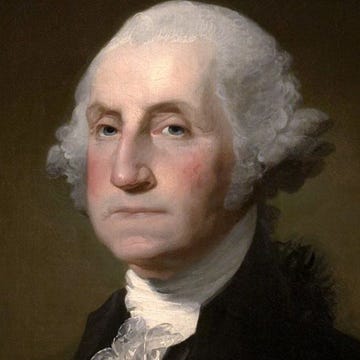


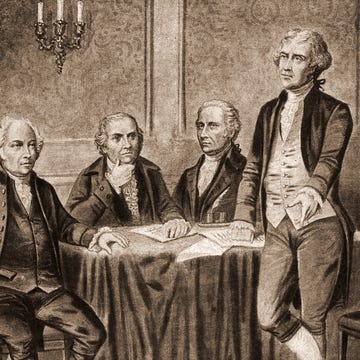
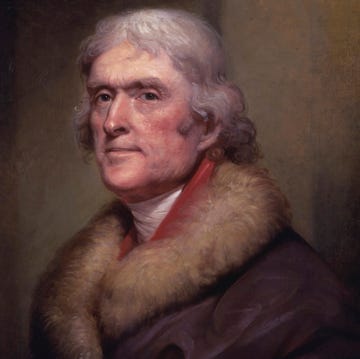


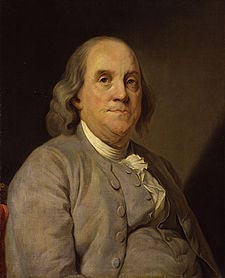

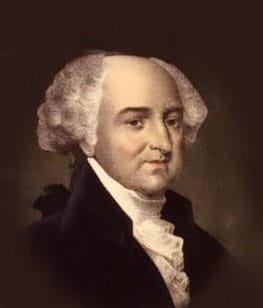

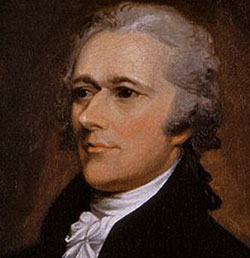

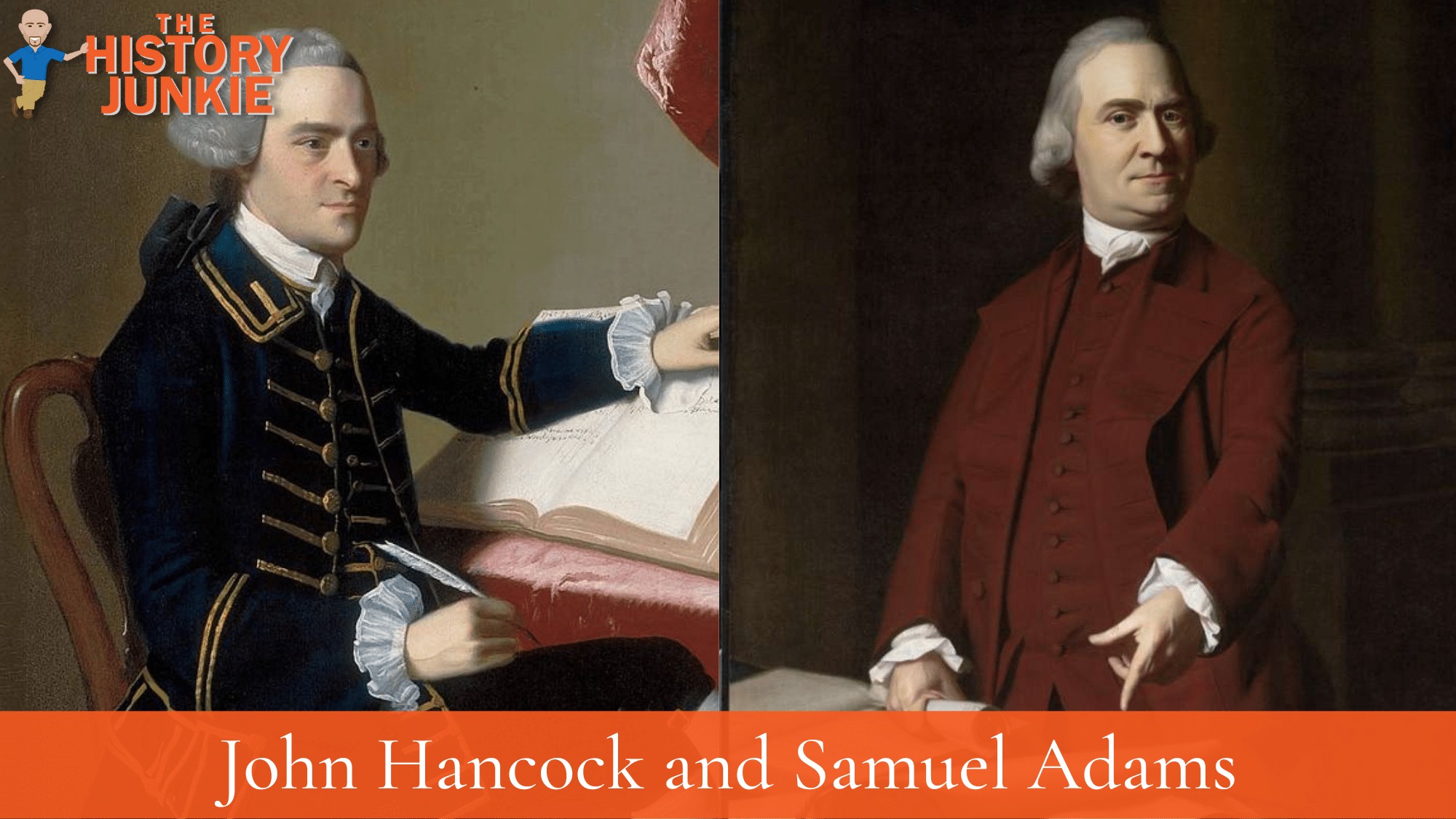





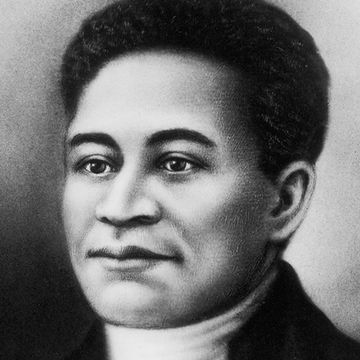
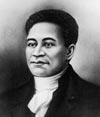






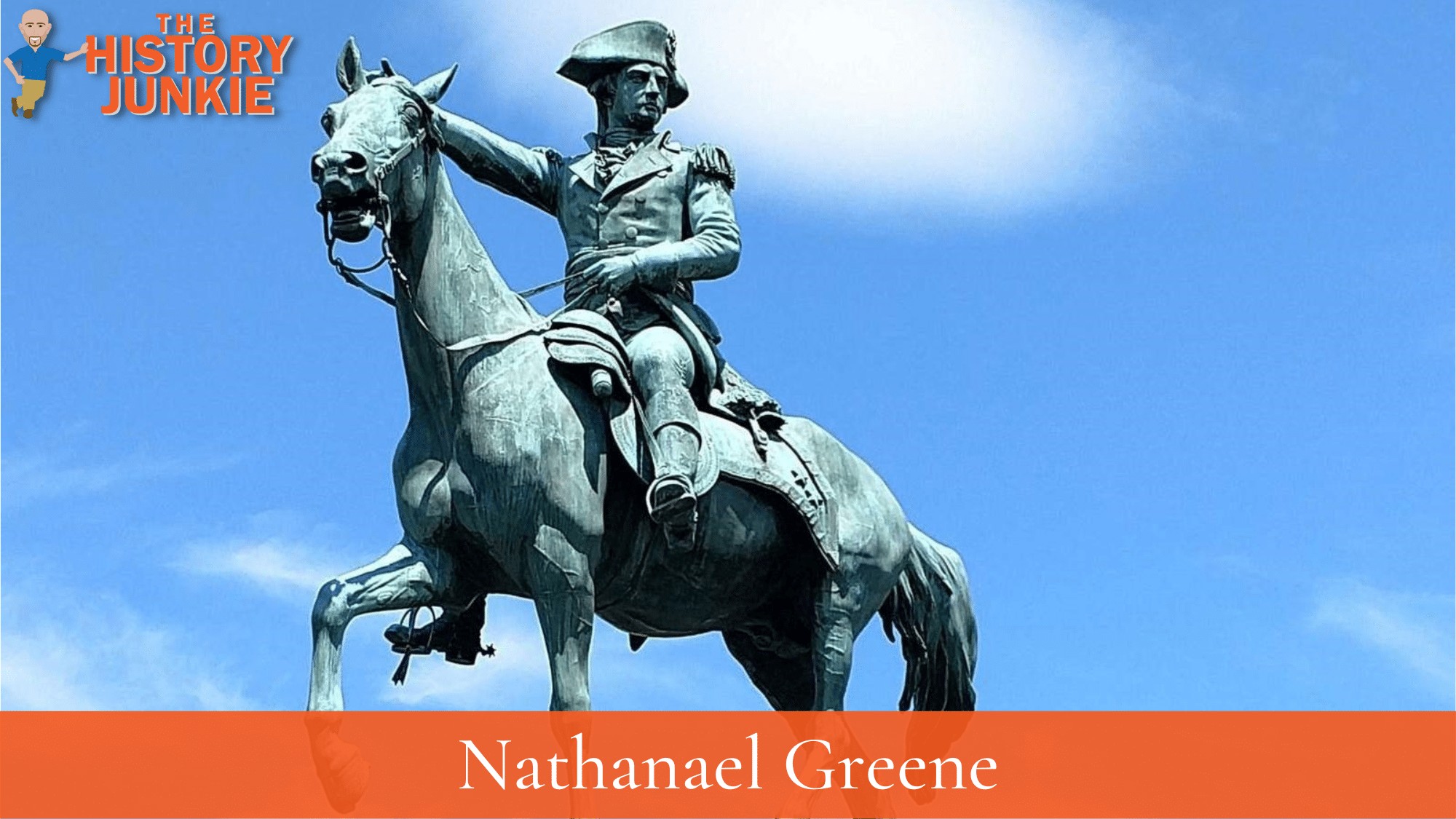
,-in-uniform-with.jpg)


